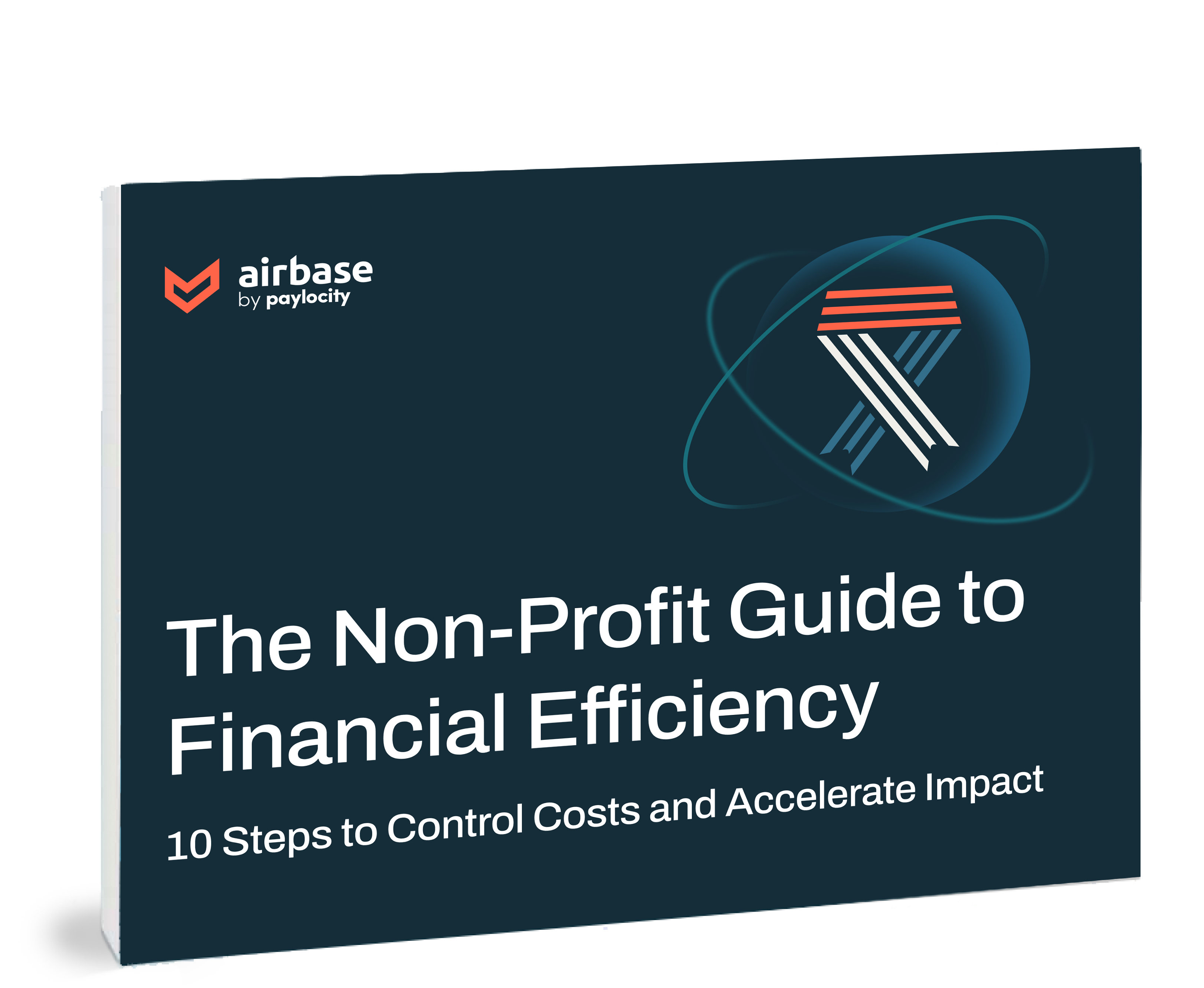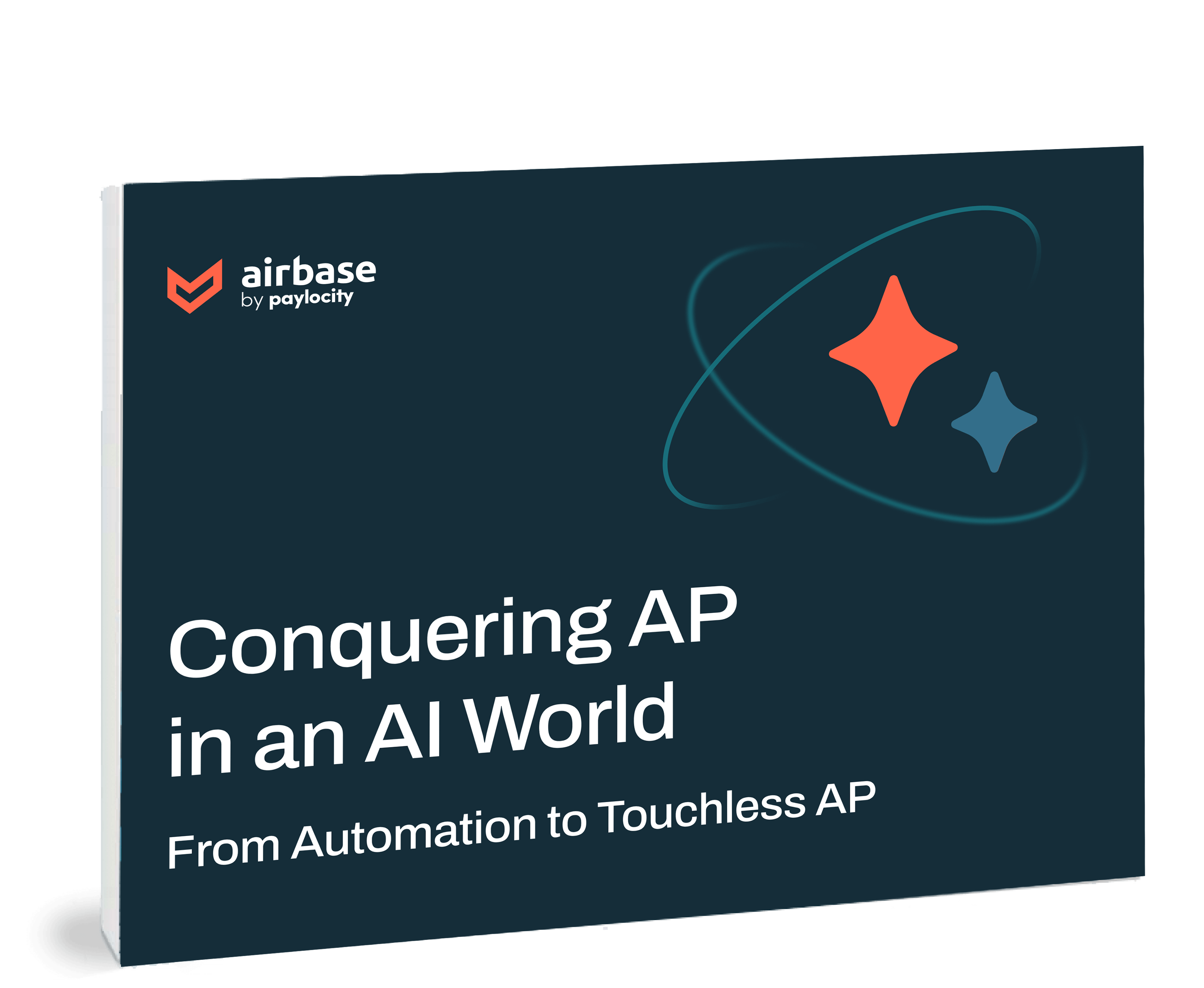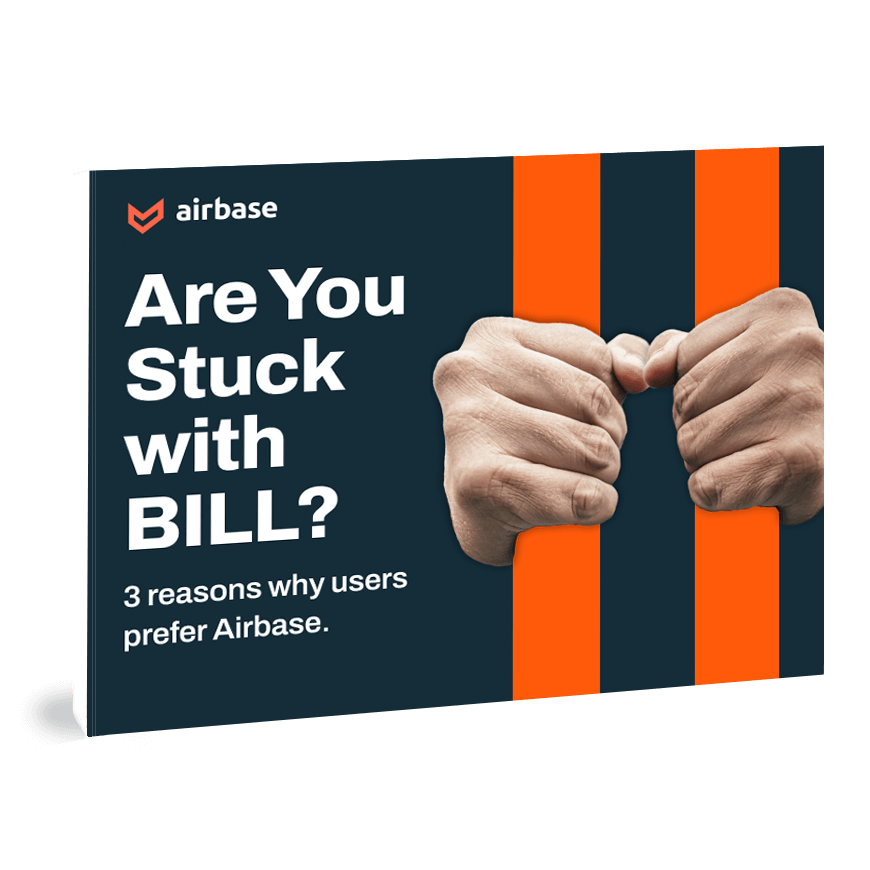Maximizing Financial Efficiency: The ROI Of Procure-To-Pay Software Ebook

In the realm of business operations the adoption of procure-to-pay software is becoming increasingly prevalent.
This technology automates the full procurement process, from the initial requisition of goods to the final payment and booking, thereby streamlining operations, reducing errors, and improving compliance. The business case for implementing such systems hinges on their ability to deliver significant return on investment (ROI) by enhancing operational efficiency and reducing costs.
What is the ROI for software?
The ROI for software, particularly in the context of procure-to-pay solutions, refers to the financial return compared to the cost invested in the software over a certain period. A positive ROI indicates that the software not only paid for itself but also generated additional value, making it a worthwhile investment.
How to calculate the ROI of software deployment.

Total Benefits include all the direct and indirect returns from the investment, while Total Costs encompass the purchase price, implementation expenses, and ongoing operational costs.
Our ebook itemizes all of the benefits that can accrue from P2P software with benchmarks that help you decide amounts that are reasonable estimates for a numeric value for those benefits.
SaaS applications.
Software as a Service (SaaS) applications for procure-to-pay offer cloud-based solutions that businesses can subscribe to. The benefits of SaaS include lower upfront costs, regular updates, and the ability to scale services according to business needs. When calculating ROI for SaaS, there are costs to consider include subscription fees, customization, and integration costs offset against the benefits that include time and money saved but also more difficult to measure soft benefits like improved operations and greater employee satisfaction.
Evaluating total cost of ownership (TCO)
Total cost of ownership (TCO) is a comprehensive assessment of all costs related to the procurement, deployment, use, and retirement of software. TCO includes initial costs, implementation, training, support, maintenance, and any upgrades. Evaluating TCO is crucial for understanding the long-term financial impact of the software.
What’s an acceptable ROI percentage for software products?
An acceptable ROI for software products varies by industry and company goals. However, many businesses aim for an ROI of at least 15%. The specific target should align with the company’s financial objectives and the strategic value of the software.
Calculating software ROI for a procure-to-pay solution: Example.
Consider a company that is evaluating two different procure-to-pay solutions and each have a total cost of $50,000, including software, implementation, and training. For Alternative A the software helps save $45,000 annually in operational costs and increases efficiency worth $10,000 in the first year, the ROI would be:

In this case, the ROI is positive at 10%.
Alternative B has all the same savings and efficiency gains but it has additional value in the form of $10,000 a year in revenue from card spend.

This allows a side-by-side comparison of the expected ROI from the two alternatives. Additional factors can be layered in for your comparison. If the time-to-value for Alternative A is 50% longer than Alternative B, it makes an even clearer case for the second approach.
Our ebook can help you understand what factors you should consider when building this ROI and how those benefits can accrue to your organization.
KPIs to track when measuring ROI.
When measuring the ROI of procure-to-pay software, consider these key performance indicators (KPIs):
- Cost of implementation: All costs associated with purchasing and implementing the software.
- TCO: The total costs of ownership over the software’s lifecycle.
- Time-to-value: The time it takes for the software to start delivering returns.
- Cost savings: This includes operational costs, IT infrastructure costs, and labor costs.
- Return on time saved: The value of increased efficiency and time saved by employees.
- Payback period: The time it takes for the software to pay for itself.
The business case for procure-to-pay software.
Procure-to-pay software can offer significant financial benefits to businesses by automating and optimizing the procurement process. When considering such an investment, it’s crucial to understand and calculate the ROI, considering both the immediate and long-term financial impacts.
But assessing and tracking the right KPIs and understanding the total cost of ownership, can be difficult if your company does not have direct experience with the benefits of software. This is why we have written our guide on the KPIs you can consider and how others have experienced those benefits.
Businesses can make informed decisions about procure-to-pay solutions and ensure they are achieving the desired financial outcomes. As with any investment, what’s most important is aligning the procurement solution with business needs and ensuring it supports broader organizational goals.
What you will learn in the ebook:
- How to evaluate hard benefits of P2P software.
- How to evaluate soft benefits of P2P software.
- How to use a business impact measure to assess soft benefits.
- Benchmarks based on survey data.
- Using what others have experienced as benchmarks.
 Jira Integration – Streamline Your Workflows
Jira Integration – Streamline Your Workflows  Ironclad Integration – Simplify Legal Operations
Ironclad Integration – Simplify Legal Operations  Asana
Asana 



